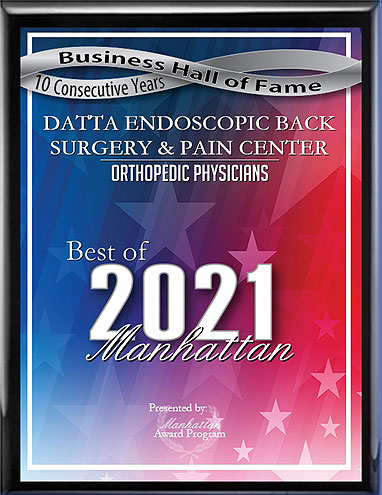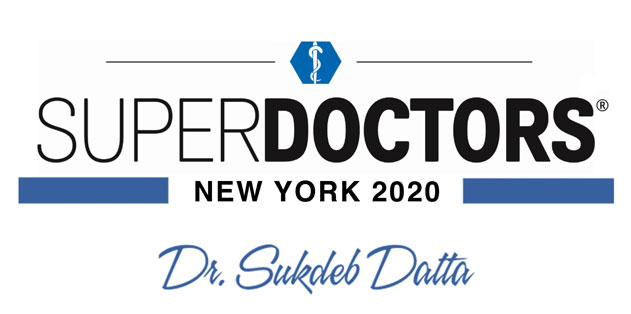Spinal stenosis refers to any condition that causes the spinal canal to become more narrow than it should be. In some cases, this narrowing results in unusual pressure on the spinal cord or nerve roots, which can cause pain, sensory issues, and muscle weakness. The exact symptoms will depend on the severity and location of the condition.
Conditions
The following conditions can all be identified as forms of stenosis:
Spinal stenosis symptoms can usually be treated with non-surgical methods. Symptoms are often relieved when inflammation is reduced. In addition, when the spine bears less weight symptoms are usually less severe. Treatments to address these two issues include physical therapy, medication, and chiropractic care.
If non-surgical treatments fail or will not work, spinal stenosis can be cured surgically. Surgical treatment gets to the root of the cause by removing excess bone or disc material that is causing the symptoms. Most forms of stenosis can be treated using minimally invasive laser spine surgery, but conditions like spinal tumors need to be treated with traditional open back surgery.
Only a doctor can tell you which treatment is right for your spinal stenosis, in view of your medical history and current symptoms. To schedule a consultation today, please click below and enter your information or call the Datta Endoscopic Back Surgery and Pain Center at (646) 374-1799.
Conditions
The following conditions can all be identified as forms of stenosis:
- Bulging disc - A disc becomes flatter than usual at one or more places
- Herniated disc - A disc ruptures at one or more places, causing it to become misshapen
- Bone spurs - Abnormal growths of bone on the vertebrae
- Arthritis - Encompasses a wide range of joint issues, including osteoarthritis, rheumatoid arthritis, and arthritis from trauma
- Spinal tumors - A rare but serious condition; tumors can be either cancerous or benign
All of these conditions can occur at any point on the spine. Stenosis in the neck is generally more serious than when it manifests in the lower back.
Spinal stenosis symptoms can usually be treated with non-surgical methods. Symptoms are often relieved when inflammation is reduced. In addition, when the spine bears less weight symptoms are usually less severe. Treatments to address these two issues include physical therapy, medication, and chiropractic care.
If non-surgical treatments fail or will not work, spinal stenosis can be cured surgically. Surgical treatment gets to the root of the cause by removing excess bone or disc material that is causing the symptoms. Most forms of stenosis can be treated using minimally invasive laser spine surgery, but conditions like spinal tumors need to be treated with traditional open back surgery.
Only a doctor can tell you which treatment is right for your spinal stenosis, in view of your medical history and current symptoms. To schedule a consultation today, please click below and enter your information or call the Datta Endoscopic Back Surgery and Pain Center at (646) 374-1799.






 EDISCSCULPT
EDISCSCULPT



